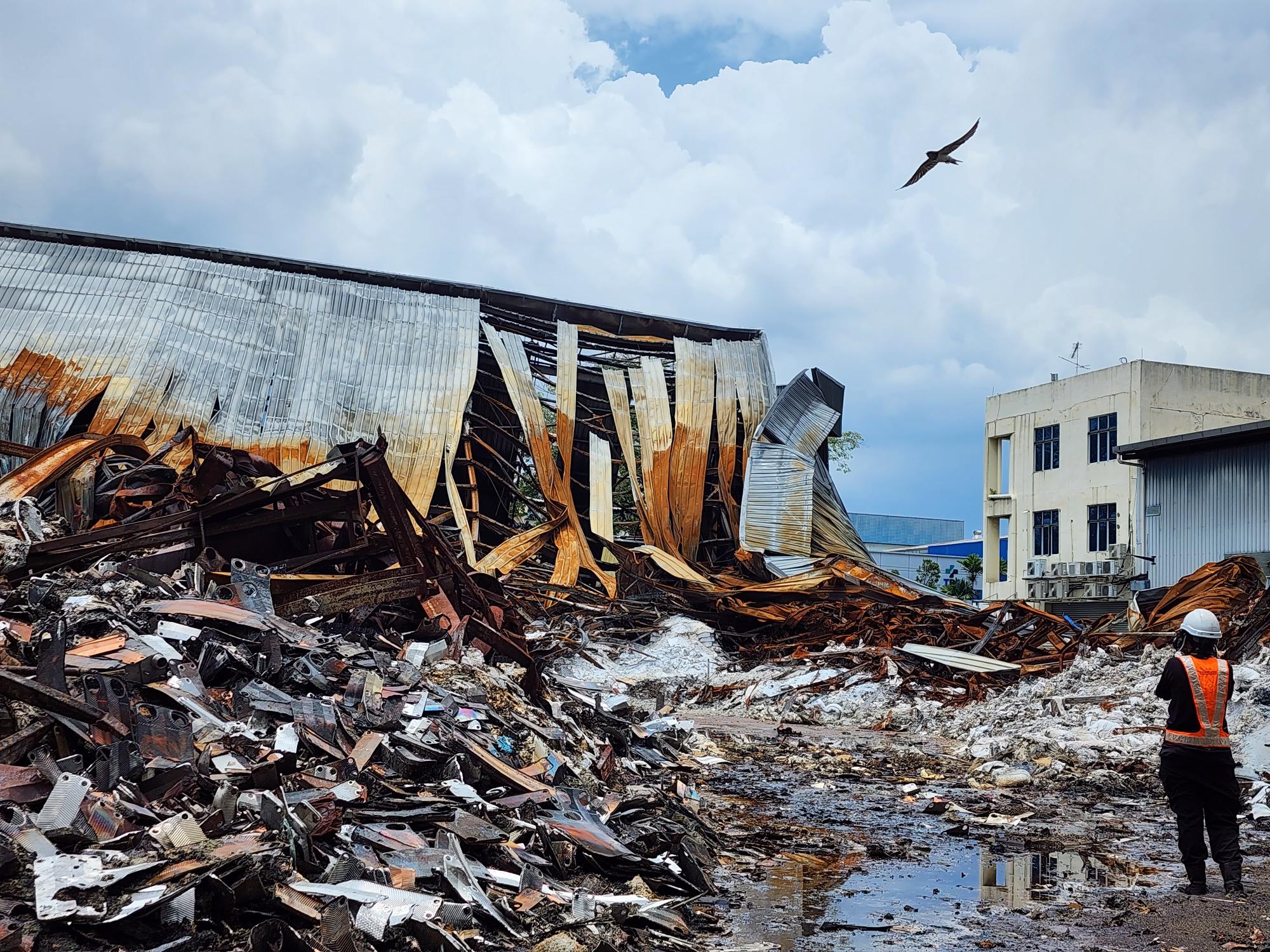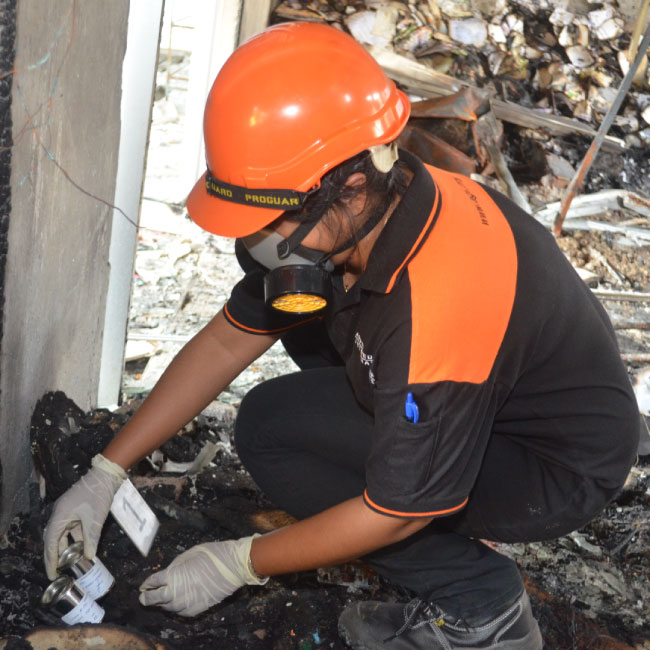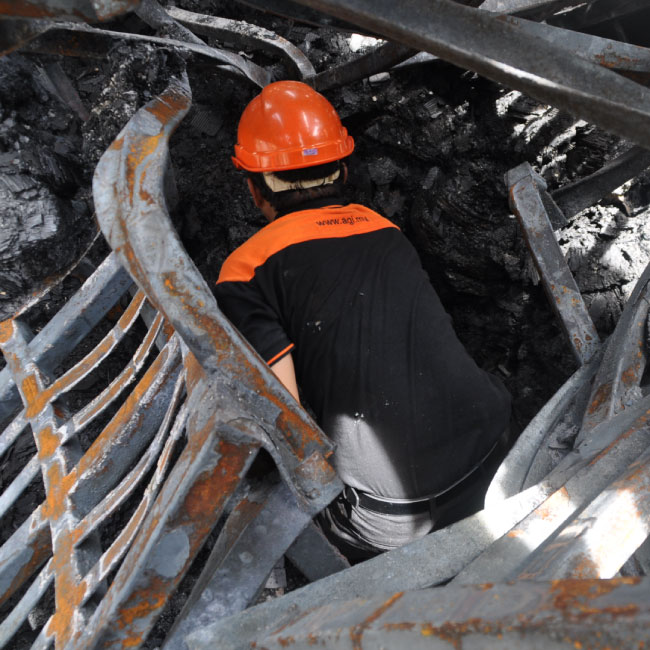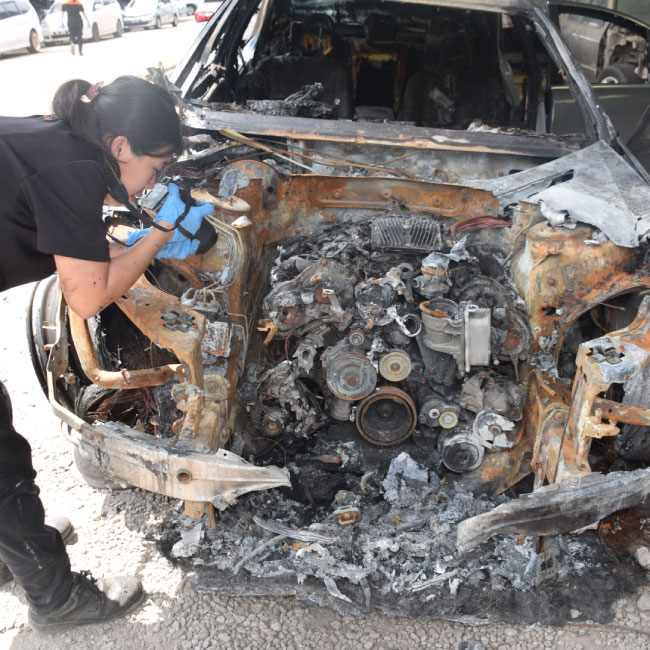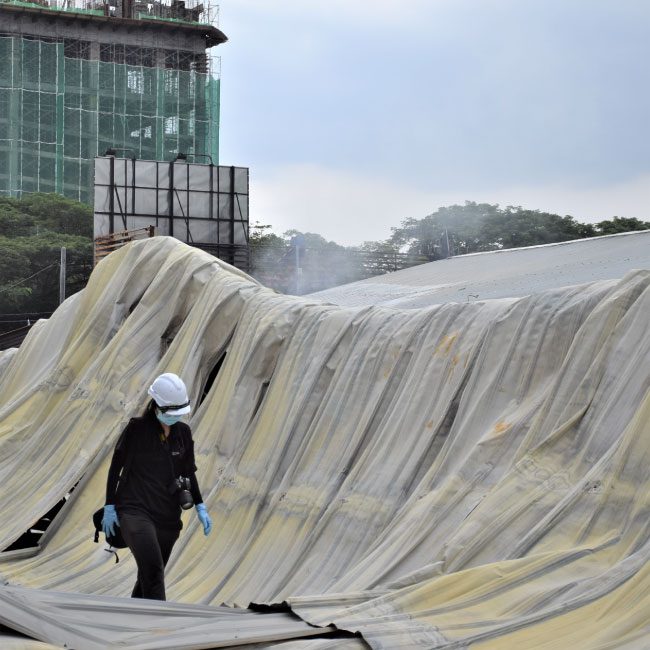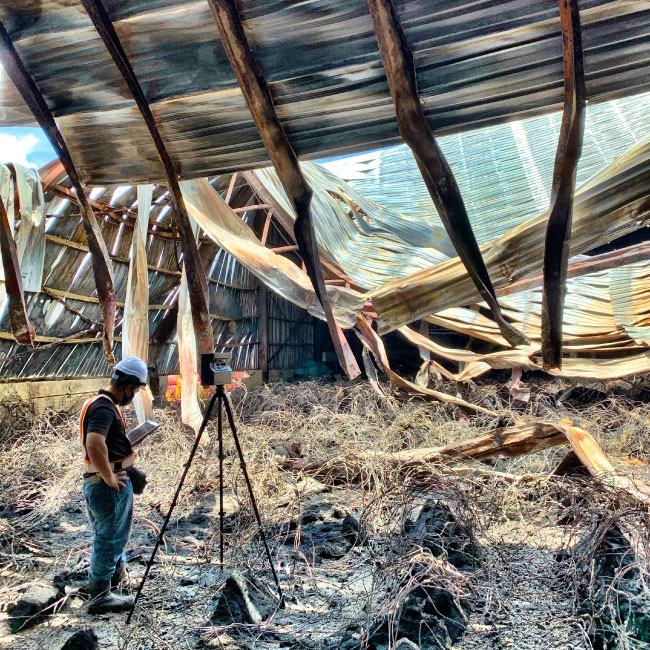FIRE AND EXPLOSION
A fire or explosion in any capacity is an unnerving, but unfortunately not-uncommon occurrence in residential, commercial, and industrial settings. Once the “dust” settles, it’s imperative that the cause of the incident is investigated for root cause analysis and liability.
In accordance with National Fire Protection Association (NFPA) 921 standards, AGI’s forensic investigation service will undertake a thorough forensic investigation to discover if the fire or explosion was due to one or several of the following causes:
- Human involvement
- Static electricity discharge
- Autoignition
- Electrical failure
- Chemical reaction/explosion
- Spontaneous combustion
- Mechanical explosion
- Any other cause

